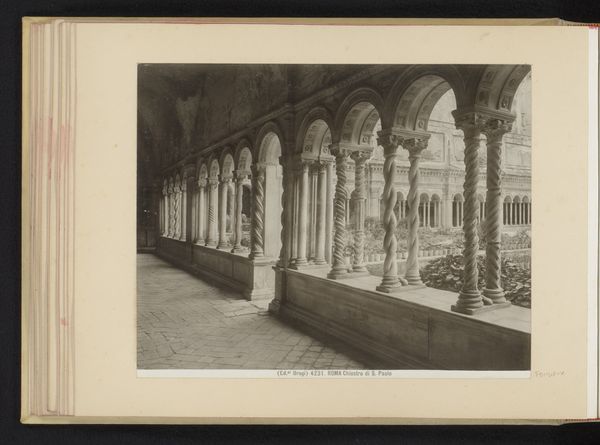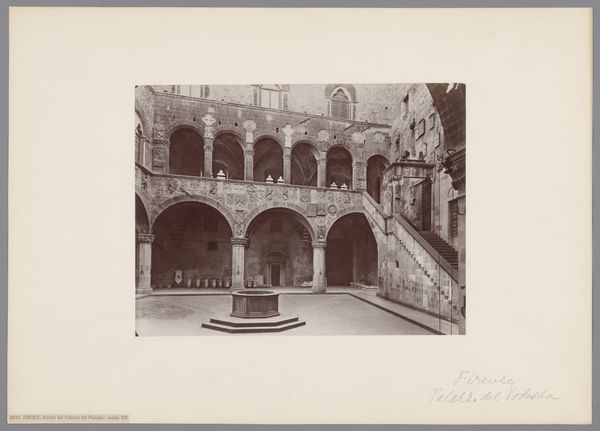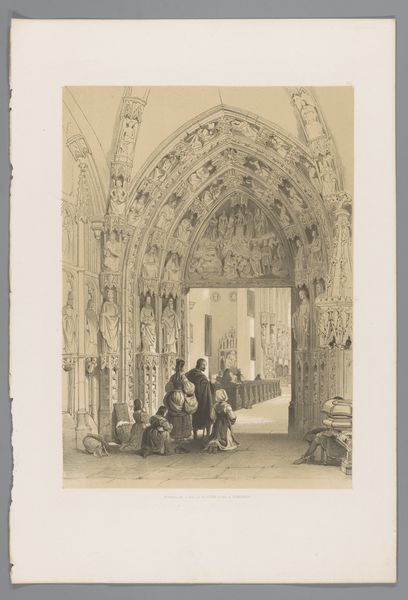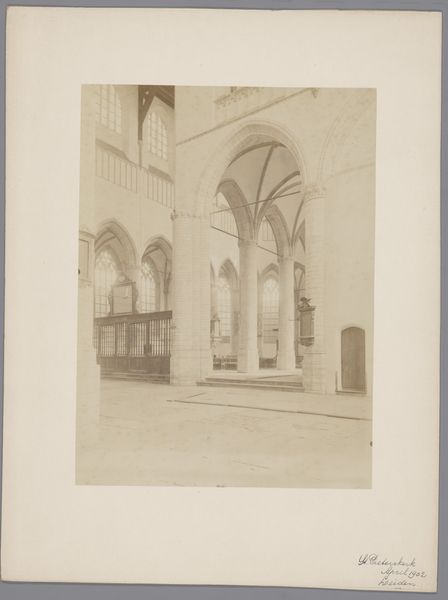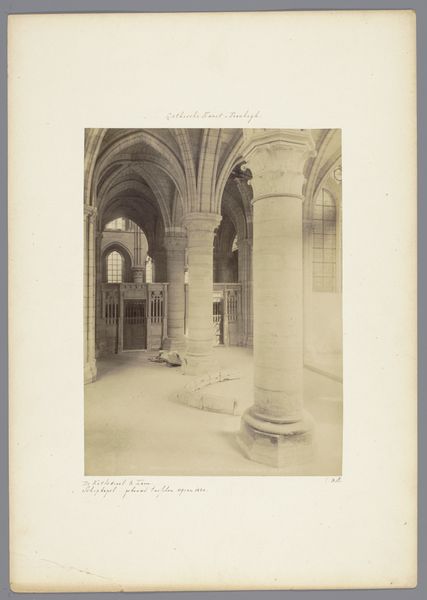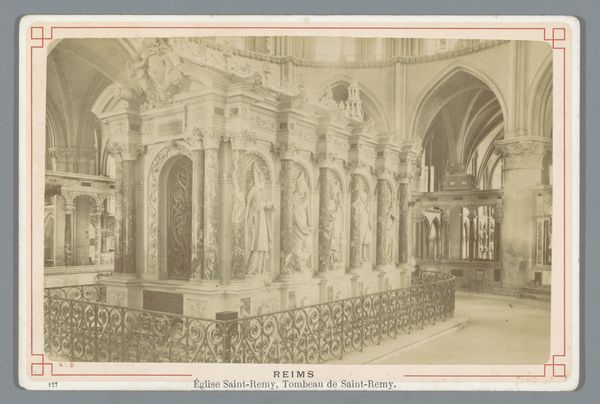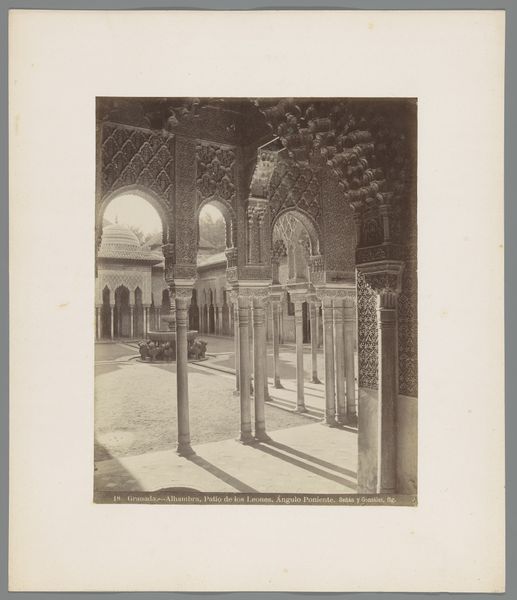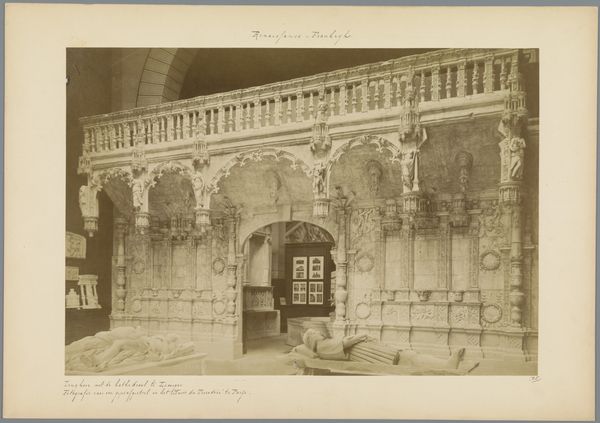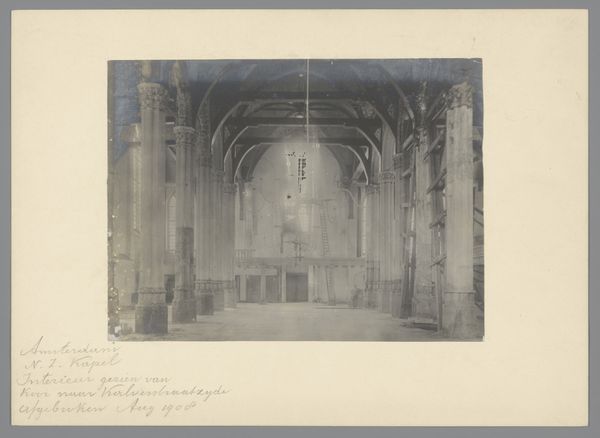
drawing, paper, watercolor, ink
#
drawing
#
paper
#
watercolor
#
ink
#
romanticism
#
genre-painting
#
watercolor
Dimensions: height 370 mm, width 545 mm
Copyright: Rijks Museum: Open Domain
Editor: This is Louis Haghe’s "Praying Nun in the Nonnberg Convent in Salzburg," made in 1845, using watercolor and ink on paper. There's a somber and reverent mood; it almost feels voyeuristic. What stands out to you in this piece? Curator: The choice of depicting a solitary nun offers a potent commentary on the societal restrictions placed upon women, particularly within religious orders of the time. How does Haghe's depiction of architectural space contribute to this understanding? Editor: The architecture does feel oppressive, those tall arches, but there is detail, intricate carvings... Curator: Exactly. The architecture serves as a metaphor, the ornamentation perhaps representing the gilded cage of religious life. The nun, caught within these imposing structures, becomes symbolic of restricted agency. How does her posture influence your perception of her place within this context? Editor: She's hunched over, almost disappearing into the frame. Submissive? Defeated? Curator: Possibly. Consider also the performative aspect of piety expected of women in the 19th century. The act of prayer, then, could also be seen as a form of resistance or negotiation within these restrictive boundaries. Do you think Haghe critiques or condones this expectation? Editor: It's complicated, isn't it? The detail almost romanticizes the setting. Maybe Haghe isn’t outright condemning it, but is asking us to reflect on this woman’s experience? Curator: Precisely. It's less about judgment and more about engaging with the complex intersections of faith, gender, and societal expectation within that historical framework. Editor: I now see how even seemingly simple depictions hold so much social and political weight! Thanks. Curator: Absolutely! Viewing art is always a dialog.
Comments
No comments
Be the first to comment and join the conversation on the ultimate creative platform.

